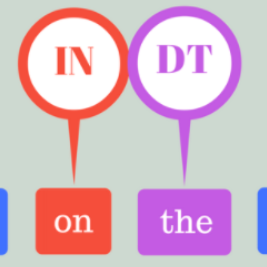This research paper presents a part-of-speech (POS) annotated dataset and tagger tool for the low-resource Uzbek language. The dataset includes 12 tags, which were used to develop a rule-based POS-tagger tool. The corpus text used in the annotation process was made sure to be balanced over 20 different fields in order to ensure its representativeness. Uzbek being an agglutinative language so the most of the words in an Uzbek sentence are formed by adding suffixes. This nature of it makes the POS-tagging task difficult to find the stems of words and the right part-of-speech they belong to. The methodology proposed in this research is the stemming of the words with an affix/suffix stripping approach including database of the stem forms of the words in the Uzbek language. The tagger tool was tested on the annotated dataset and showed high accuracy in identifying and tagging parts of speech in Uzbek text. This newly presented dataset and tagger tool can be used for a variety of natural language processing tasks such as language modeling, machine translation, and text-to-speech synthesis. The presented dataset is the first of its kind to be made publicly available for Uzbek, and the POS-tagger tool created can also be used as a pivot to use as a base for other closely-related Turkic languages.
翻译:本研究论文为低资源乌兹别克语言提供了一个部分语音(POS)附加说明的数据集和调格工具。 数据集包括12个标记, 用于开发基于规则的 POS- tagger 工具。 在批注过程中使用的文体文本确保了20多个不同领域的平衡,以确保其代表性。 乌兹别克语是一种含混语言, 因此乌兹别克语句中的大多数词都是通过添加后缀来形成。 这种性质使得 POS拖累的任务难以找到文字的根和右部分。 本研究中建议的方法是使用affix/ suffix剥除方法的字首,包括乌兹别克语文字的干法数据库。 Tagger 工具是在附加说明的数据集上测试的, 显示乌兹别克语句部分的识别和标记高度准确性。 这个新推出的数据集和调格工具可用于各种自然语言处理任务, 如语言模型的首部、 机器翻译和文本的右部分。 该工具也可以作为与乌兹别克语系相关的工具, 用来作为公开工具, 用于与乌兹别克语系相关的工具。




